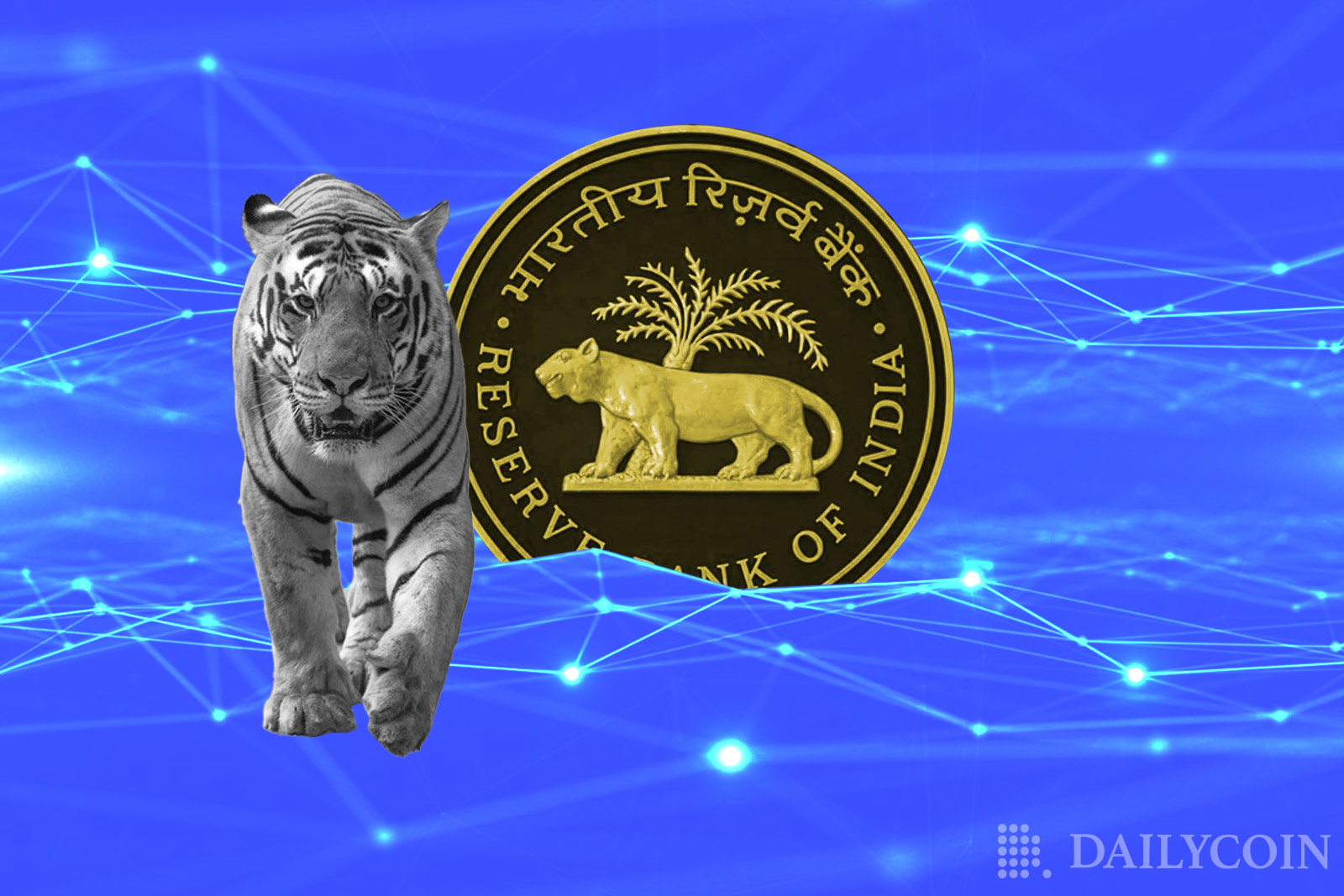
- The Indian central bank incentivizes e-rupee use.
- Retail users can earn a range of benefits through e-rupee transactions.
- Critics warn of CBDC’s dark side.
Central bank digital currencies (CBDCs) have been heralded by some as the future of money. Advocates tout benefits such as greater efficiency, better security, and cheaper administrative costs compared to traditional paper banknotes and coins. However, public hesitation remains strong, with many wary of financial surveillance and the potential for governmental overreach.
Public reluctance has already led to the failure of major CBDC projects, such as Nigeria’s e-naira, which has seen minimal volume since launching in October 2021, and Japan’s digital yen, which was scrapped in August 2022 due to the lack of public interest. Despite these high-profile breakdowns, India now incentivizes CBDC transactions to boost ailing e-rupee use.
India to Incentivize E-Rupee Use
The Reserve Bank of India (RBI) has instructed banks to offer incentives to encourage e-rupee use among the general public. The retail e-rupee pilot launched in November 2022, but data released by the RBI showed just ₹5.7 crore (US$684.5k) had been traded five months after the retail rollout.
Sponsored
The RBI has set an ambitious target to gradually make the e-rupee the dominant form of payment and transaction in the country. But the central bank is facing an uphill battle to overcome Indian consumers’ and businesses’ entrenched preference for cash payments.
To incentivize e-rupee use over cash, the incentives offered to retail users include cashback on purchases and earning reward points that can be exchanged for travel bookings, mobile phone charging, and payment of road tolls. Despite the RBI’s efforts to incentivize the use of e-rupee, it may be fighting a losing battle, given the potential of CBDCs to impinge upon financial liberties.
The Case Against CBDCs
The global rollout of CBDCs has sparked wariness among those concerned about their potential to obstruct financial liberties. US think tank the Heritage Foundation stated that CBDCs would give central banks greater visibility into how people use money, enabling tracking spending habits and transactions.
Sponsored
“That means every single cent can be tracked, traced, taxed, and stopped or even forced without your consent,” commented the Heritage Foundation.
Moreover, the centralized nature of CBDCs, along with token programmability, would grant authorities ultimate power and control over the financial system. This is a cause for concern due to the potential loss of financial privacy and autonomy for individuals. Critics argue that such a system would be vulnerable to abuse by governments and other powerful entities.
On the Flipside
- Cash is unlikely to disappear overnight, even with incentives to use CBDCs.
- Many central banks continue to press ahead with CBDC development despite public skepticism.
Why This Matters
India’s lackluster e-rupee adoption highlights the substantial hurdles in shifting consumer behavior away from familiar cash payments toward new digital currencies. But an even greater concern looms over CBDCs’ potential for financial surveillance and government overreach, which no amount of small-scale incentives can gloss over.
Learn more about the momentum of CBDC development according to Ripple here:
Ripple Report Reveals 95% of World’s GDP Considers CBDCs
Find out about Floki’s latest bid to diversify its memecoin ecosystem here:
Floki Memecoin Soars 29% On New Tokenization Venture
